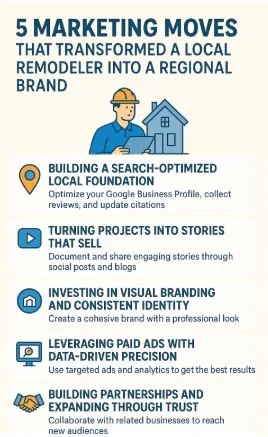3 Intuitive Technologies Making Driving Safer For Young Adults
The thrill of driving a car seems to start early. No wonder vehicles are among the most beloved toys for children! For many young adults, the prospect of driving is one of life’s most enthralling milestones. It is in equal measure unnerving for their parents, who may experience anxiety about potential dangers.
In some US states, such as Colorado, teenagers can start classroom instruction for driving as early as 14+ years of age. You can take behind-the-wheel lessons in Colorado Springs when you’re 15, receiving your driver’s license in a year.
It’s inspiring to see more people across America pick up driving early. It boosts their independence and self-reliance. However, the CDC warns that the 16 to 19-year age group also has the highest risk of motor vehicle crashes.
Intuitive technologies are attempting to tackle these conflicting circumstances. The objective is to make roads safer and driving anxiety-free for everyone involved. STEM is at its most inspiring when it is also empowering.
1. Sensor-Driven Parking Assistance
For new drivers, parking can be a considerable problem. Indeed, many experienced drivers also struggle with parking, especially in cramped spaces, with impatient honking getting you hot and bothered.
Enter parking assistance technologies. Combine sensors and cameras to make this hassle a thing of the past.
At their simplest, parking assist technologies offer a clear picture of the space behind your car. The system automates steering, allowing you to reverse and park while avoiding crashing into obstacles. It is also quicker and more efficient when you are just starting.
This straightforward technology exemplifies that clarity of thought can help solve everyday problems. Nowadays, self-parking cars are available. They automate the entire process, simplifying parking even in tight spots.
That said, human oversight works well in a few situations. A Wired feature highlights how these systems may sometimes have trouble detecting the curb. They may also park too close to the sidewalk.
It is worthwhile learning the art of parking well, regardless of alternatives. It will ensure you have a choice and can decide based on the needs of the situation. The American Driving Academy notes that parallel parking, like highway driving, is quite an advanced skill. Learning in dual-controlled cars can help you feel safer and develop confidence faster.
2. Solutions for Eliminating ‘Online’ Distractions
Social media. Phone calls. Abrupt notifications. There’s a lot that distracts people in today’s world, and youngsters are particularly vulnerable.
Pew Research Center has stark figures on social media use among teens: 70 percent of teenagers report spending time on YouTube daily. Many check it almost constantly, scrolling and commenting. Many find it difficult to tune out even while driving. It impacts their focus and awareness of their surroundings.
What if in-vehicle devices or technologies could disable the use of such distracting devices while driving?
For instance, your phone’s Do Not Disturb feature can block notifications when you’re busy. You can use features like Digital Wellbeing or Driving Mode. Apple devices have an inbuilt Screen Time app that lets you adjust settings to your needs.
It might seem like a drastic measure that does not give enough credit to individual discretion and judgment. However, it can be a literal lifesaver for anyone who struggles with distraction due to social media and its associated universe. Not everyone possesses (or wishes to exert) the willpower not to check the latest viral meme while driving.
3. Assistance for Keeping to Your Lane
When learning to drive, many teenagers and young adults find it confusing and frustrating to follow lane etiquette. After all, why not change lanes if another seems much faster? (More so if the driver in front is a slowcoach.)
Well, abruptly departing from your lane can be disastrous. Causing traffic congestion is only the least serious of possible consequences. Often, such reckless driving leads to collisions and injuries.
Nowadays, some vehicles offer systems with ‘Lane Departure Warnings.’ They monitor your car’s position and issue an alert when you start drifting. Practical and essential, this technology can be highly beneficial to learn to drive in your lane.
At their core, these solutions use advanced driver assistance systems, mainly visual data sensors. A Lane Keep Assist system is a more advanced form, physically nudging the steering wheel to retain lane position. It can be a blessing for anyone considering long-haul driving across interstate highways.
If you decide to integrate these technologies, also check for blind spot detection. Some providers merge this feature with lane assist, letting you be cautious of vehicles in your blind spot, i.e., an area you may otherwise overlook.
The growth of STEM fields has provided a massive push to safer driving technologies, bringing practical solutions to the forefront.
Indeed, abstaining from driving or being anxious about maneuvering busy roads cannot bode well for one’s confidence over time. Instead, finding reassurance in safety technologies and interventions can encourage responsible, more informed driving.




